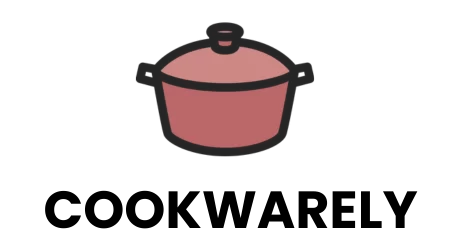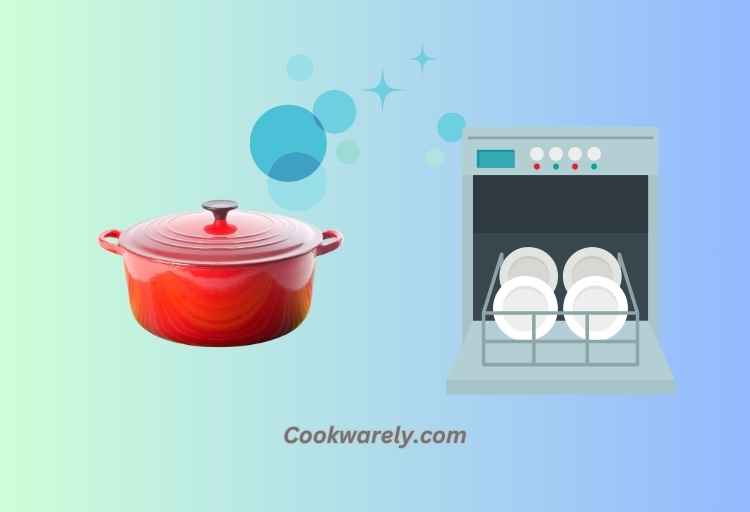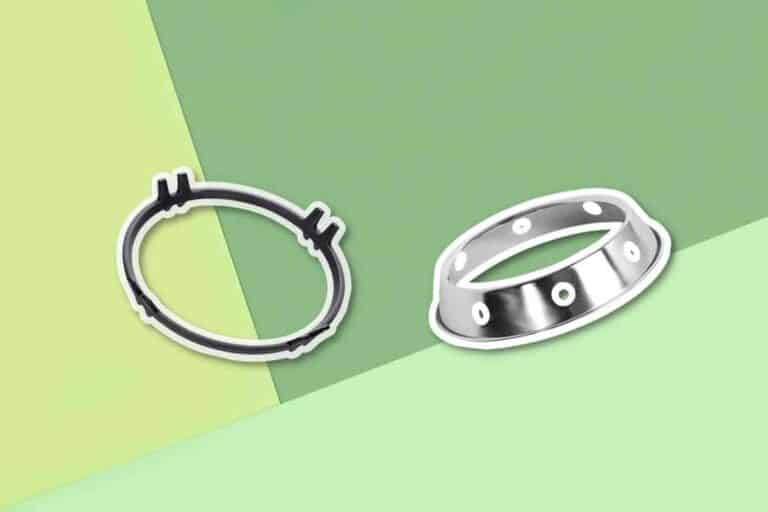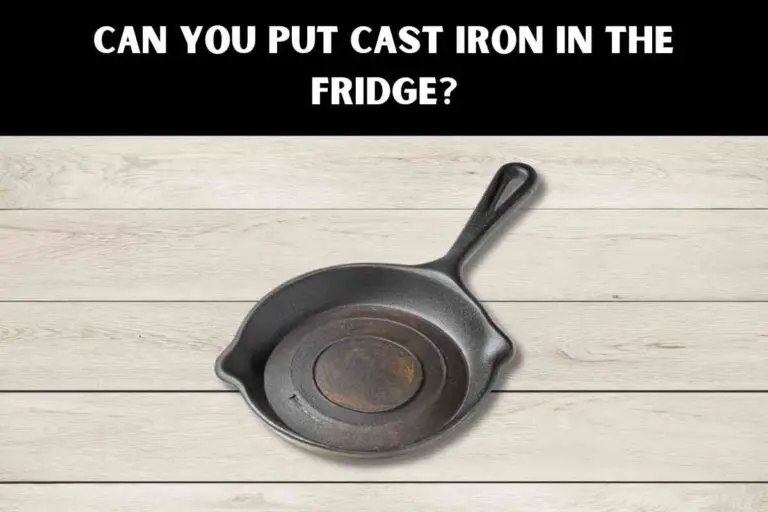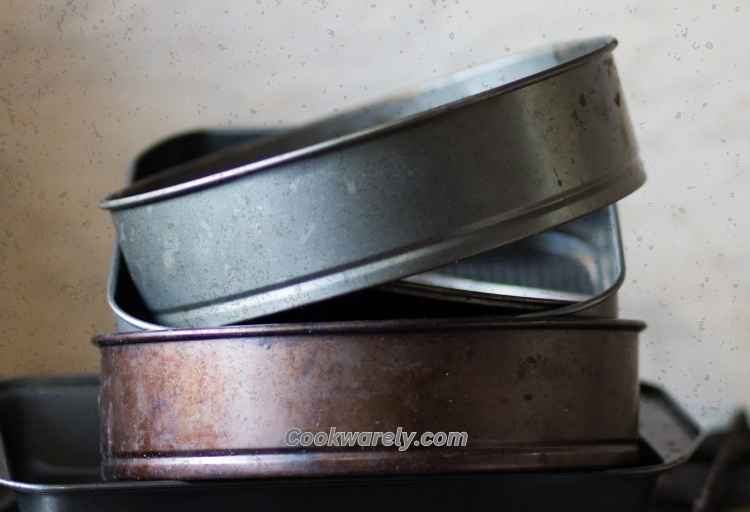What Is A Mini Dutch Oven Used For?
Dutch ovens, those versatile kitchen workhorses, have long been celebrated for their ability to produce mouthwatering meals with minimal effort. Their larger counterparts are well-known for slow-cooking stews, braising meats, and baking artisanal bread. But what about their smaller siblings, the mini Dutch ovens?
A mini Dutch oven, typically 1 to 2 quarts in size, is employed for versatile culinary tasks. It excels in braising, roasting, sautéing, and baking, serving individual portions of stews, side dishes, and desserts. Its benefits include enhanced flavor, presentation, and even cooking.
- Mini Dutch ovens can braise, roast, sauté, and bake, accommodating various dishes.
- They’re perfect for preparing individual portions of stews, sides, and desserts.
- Even heating results in improved flavor development in your dishes.
- Mini Dutch ovens double as charming serving vessels, enhancing your table presentation.
6 Aspects To Use A Mini Dutch Oven
| Aspect | Instructions |
|---|---|
| Size and Design | Small, 1-2 quarts, iconic design |
| Materials | Cast iron or stoneware |
| Cooking Techniques | Braising, roasting, sautéing, baking |
| Types of Dishes | Individual stews, side dishes, desserts |
| Benefits | Enhanced flavor, versatility, presentation |
| Maintenance and Care | Season cast iron, clean stoneware gently |
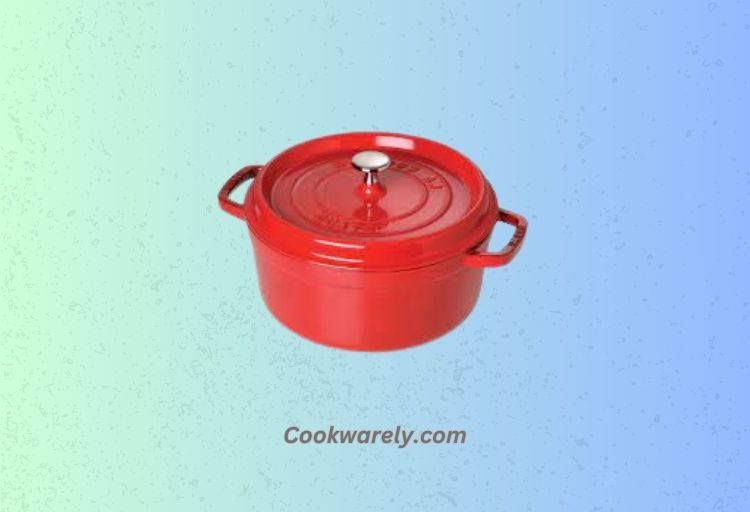
Mini Dutch Oven Features
Mini Dutch ovens, as the name suggests, are petite versions of the classic Dutch oven. They typically come in sizes ranging from 1 to 2 quarts, making them perfect for individual servings or side dishes. These diminutive cookware pieces share many characteristics with their larger counterparts:
Size and Design
Mini Dutch ovens are small, usually no larger than 2 quarts in capacity. They retain the iconic design, with a heavy, tight-fitting lid and sturdy handles. This compact size makes them adorable additions to any kitchen.
Materials
Like their bigger counterparts, mini Dutch ovens are commonly made from cast iron or stoneware. Cast iron mini Dutch ovens are excellent for heat retention and even cooking, while stoneware mini Dutch ovens offer elegant presentation options.
Cooking Techniques
Despite their small size, mini Dutch ovens are incredibly versatile and can handle various cooking techniques with finesse. Here are some of the cooking methods where mini Dutch ovens truly shine:
Braising
Mini Dutch ovens are ideal for braising individual portions of meat or vegetables. The tight-fitting lid locks in moisture, resulting in tender and flavorful dishes.
Roasting
These mini wonders can roast small cuts of meat, poultry, or even vegetables to perfection. The even heat distribution ensures that your ingredients are cooked evenly and develop a delightful crust.
Sautéing
Use mini Dutch ovens for sautéing ingredients like onions, garlic, and mushrooms. Their compact size makes them excellent for one-pan dishes.
Baking
Mini Dutch ovens are perfect for baking individual portions of bread, rolls, or even desserts like cobblers and bread puddings. They create an intimate dining experience.
Types of Dishes
Mini Dutch ovens are not limited in their culinary repertoire; they can tackle an array of dishes, adding a touch of elegance and practicality to your cooking:
Individual Servings of Stews and Casseroles
Prepare heartwarming stews and casseroles in mini Dutch ovens, ensuring each diner gets their own perfectly portioned dish.
Side Dishes
Mini Dutch ovens are excellent for cooking side dishes like baked beans, macaroni and cheese, or scalloped potatoes. They’re perfect for potluck dinners or holiday gatherings.
Desserts
Impress your guests with individual desserts. Mini Dutch ovens are fantastic for making cobblers, crisps, crumbles, and bread pudding. The presentation alone is worth it.
Benefits of Using Mini Dutch Ovens
Why should you consider incorporating mini Dutch ovens into your cooking repertoire? Here are some compelling reasons:
Enhanced Flavor Development
Mini Dutch ovens excel at even heating, allowing your ingredients to cook uniformly. This results in enhanced flavor development, making your dishes taste sublime.
Versatility
Whether you’re whipping up a savory stew or a sweet dessert, mini Dutch ovens are up to the task. Their ability to handle both sweet and savory recipes makes them invaluable in the kitchen.
Presentation and Serving Convenience
Mini Dutch ovens are not just for cooking; they also serve as charming serving vessels. Take your dishes straight from the oven to the table, enhancing the dining experience.
Maintenance and Care
To ensure your mini Dutch ovens continue to perform at their best, follow these maintenance and care tips:
Seasoning Cast Iron Dutch Ovens
If you have cast iron mini Dutch ovens, make sure to season them regularly to maintain their non-stick properties. This involves applying a thin layer of oil and heating them to create a protective coating.
Cleaning Stoneware Dutch Ovens
For stoneware mini Dutch ovens, clean them with mild soap and water. Avoid extreme temperature changes, such as placing a hot stoneware pot in cold water, as this can cause cracking.
Conclusion
Mini Dutch ovens are versatile and charming additions to your kitchen arsenal.
Their small size doesn’t limit their capabilities; they can braise, roast, sauté, bake, and more. From individual servings of savory stews to delightful desserts, mini Dutch ovens add a touch of elegance and practicality to your cooking.
The benefits are clear: enhanced flavor development, versatility, and the convenience of seamless oven-to-table serving. Just remember to maintain and care for them appropriately to ensure they continue to perform at their best.
